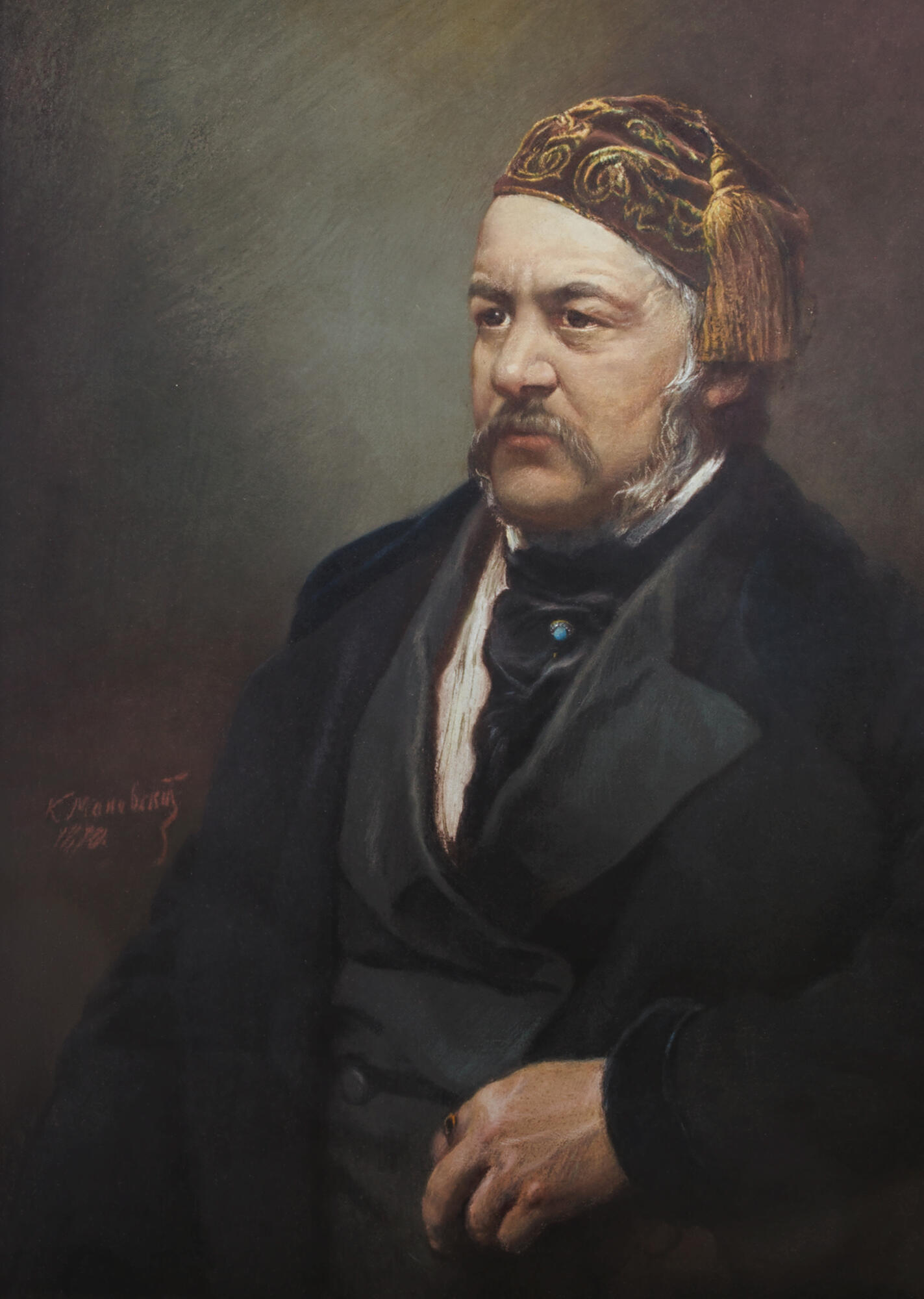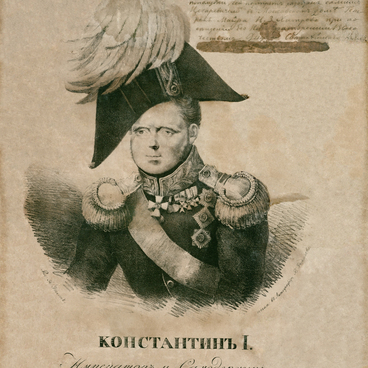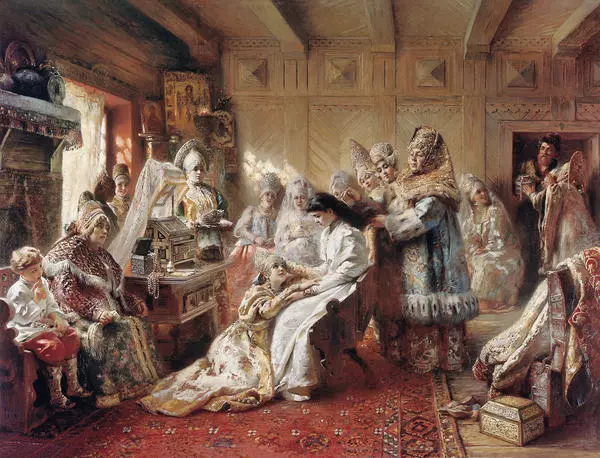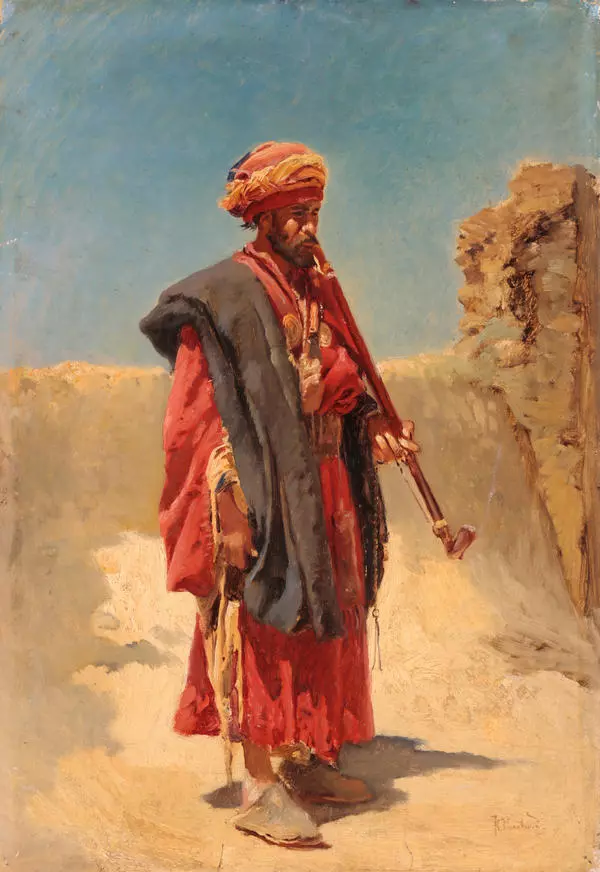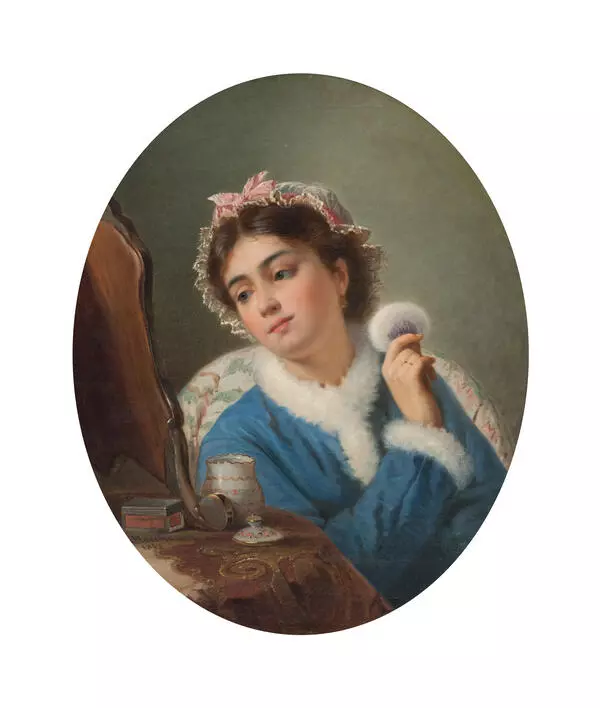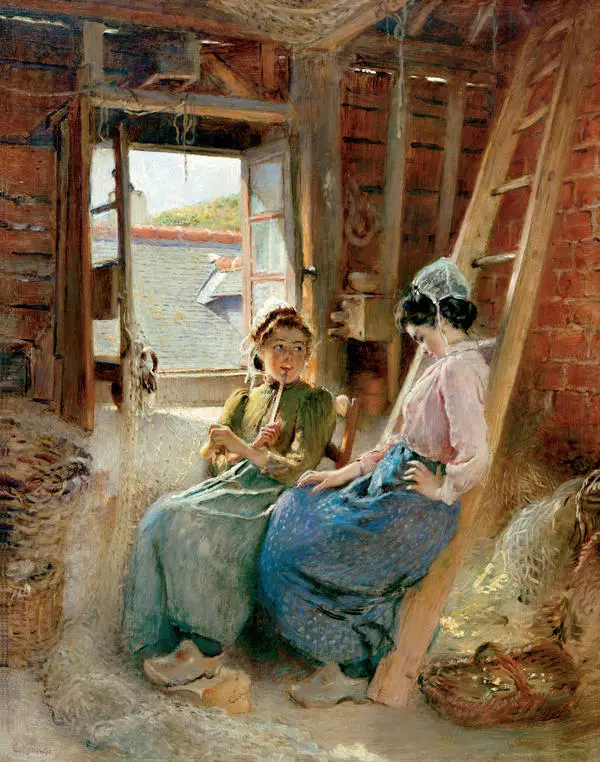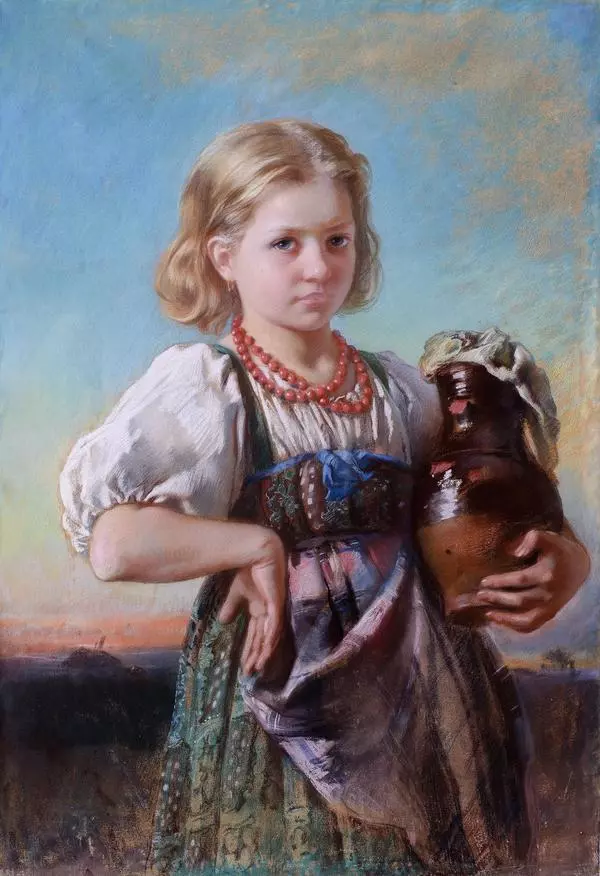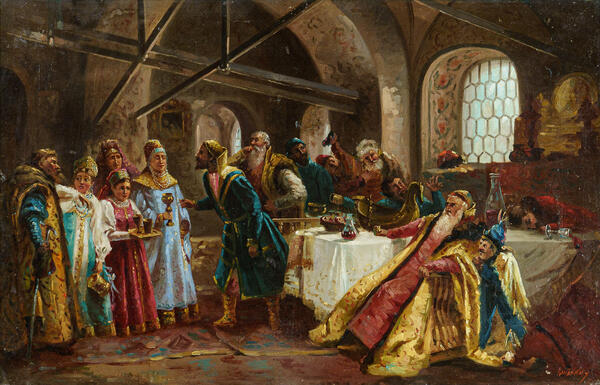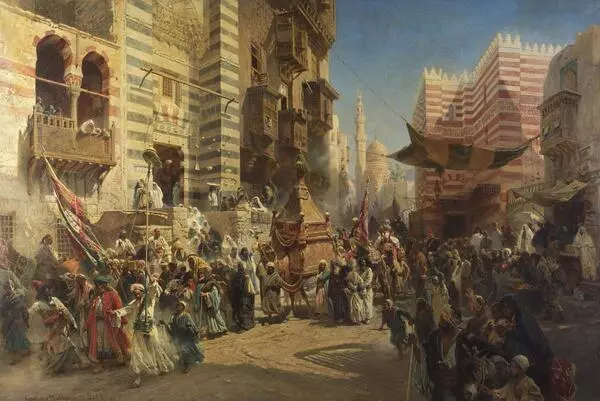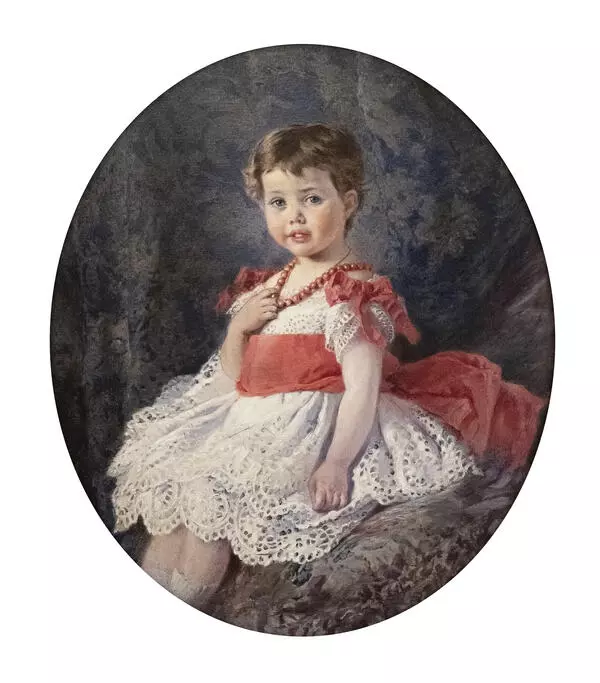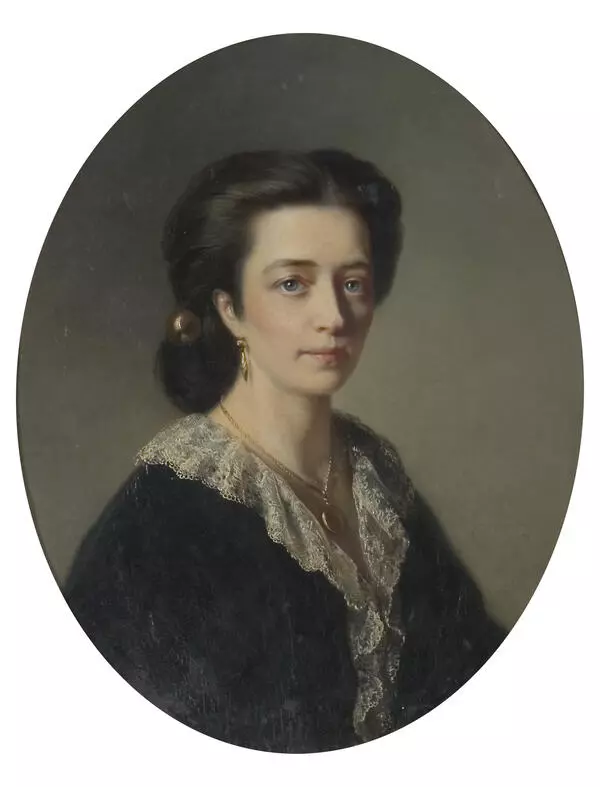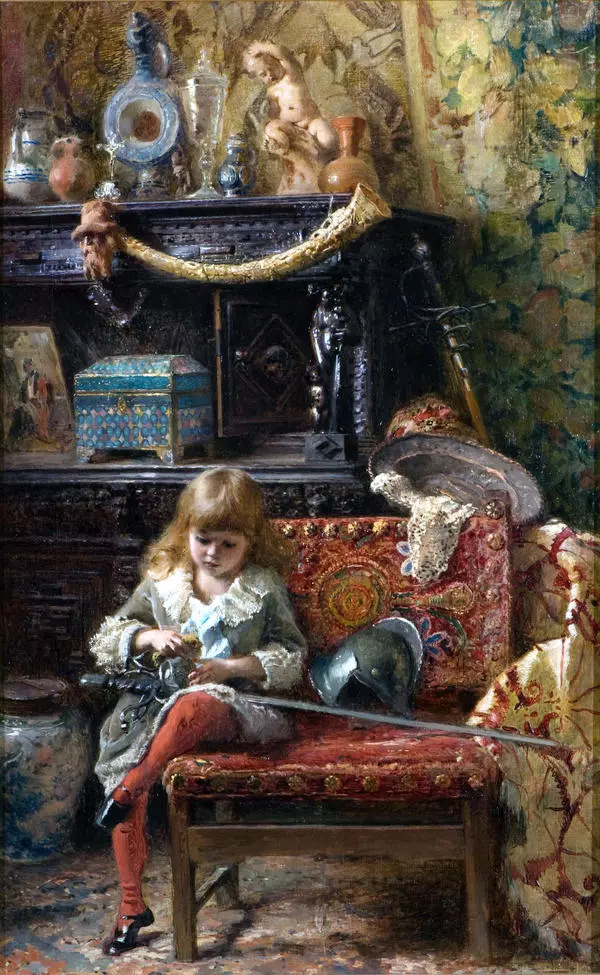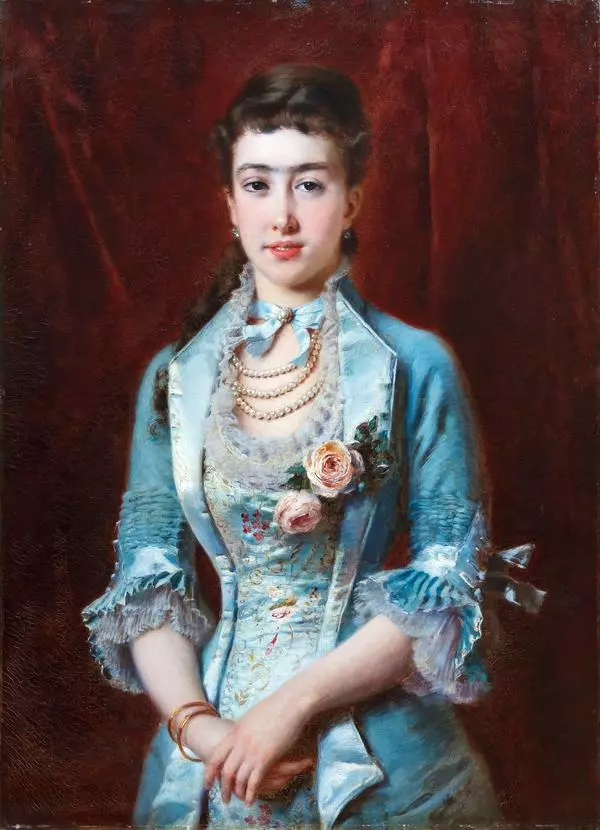Mikhail Ivanovich Glinka the father of Russian classical music, the author of the first Russian opera, ‘A Life for the Tsar’.
Mikhail Glinka comes from the famous Smolensk gentry family. Born in the village of Novospasskoye, Elninsky district, Smolensk province. Novospasskoye was the composer’s favorite estate. In letters to his mother, he repeatedly noted that “Novospasskoye is an earthly paradise”. It was here that the best works of the composer, fragments of the operas “Ivan Susanin”, “Ruslan and Lyudmila”, and numerous romances were written.
Famous Russian artists have painted the composer many times. Glinka himself was no stranger to other arts, he learned painting under the guidance of Karl Bryullov.
In 1870, the fashionable St. Petersburg artist Konstantin Makovsky creates a posthumous image of Mikhail Ivanovich. He received an order for such an unusual portrait from the composer’s beloved sister, Lyudmila Ivanovna Shestakova, who devoted her life to eternalize her brother’s memory. After Glinka’s death, Shestakova’s house often gathered members of the “Mighty Group” — members of the creative association of Russian composers, which included Balakirev, Mussorgsky, Borodin, Rimsky-Korsakov, Cui.
The portrait was based on one of the last photos of Glinka, made by the Petersburg master Levitsky in the mid-1850s.
Glinka is depicted in home clothes. He wears an elegant Turkish fez on his head, and a robe thrown over his shoulders.
Glinka’s portrait by Makovsky is executed in pastel, a very complex technique. The master recreates the composition with special multi-colored crayons on canvas. Deep tonal transitions of color make the portrait’s coloration unusually sonorous and effective. The pastel technique requires not only masterly working knowledge of painting skills, but also special technical tricks. Fragile, unstable crayons that give such a beautiful color must be fixed with special varnishes, which makes the work with pastels very laborious. Pastels of such a size as the Glinka’s portrait are rarely found in art, so Makovsky’s creation can be considered exceptional.
Mikhail Glinka comes from the famous Smolensk gentry family. Born in the village of Novospasskoye, Elninsky district, Smolensk province. Novospasskoye was the composer’s favorite estate. In letters to his mother, he repeatedly noted that “Novospasskoye is an earthly paradise”. It was here that the best works of the composer, fragments of the operas “Ivan Susanin”, “Ruslan and Lyudmila”, and numerous romances were written.
Famous Russian artists have painted the composer many times. Glinka himself was no stranger to other arts, he learned painting under the guidance of Karl Bryullov.
In 1870, the fashionable St. Petersburg artist Konstantin Makovsky creates a posthumous image of Mikhail Ivanovich. He received an order for such an unusual portrait from the composer’s beloved sister, Lyudmila Ivanovna Shestakova, who devoted her life to eternalize her brother’s memory. After Glinka’s death, Shestakova’s house often gathered members of the “Mighty Group” — members of the creative association of Russian composers, which included Balakirev, Mussorgsky, Borodin, Rimsky-Korsakov, Cui.
The portrait was based on one of the last photos of Glinka, made by the Petersburg master Levitsky in the mid-1850s.
Glinka is depicted in home clothes. He wears an elegant Turkish fez on his head, and a robe thrown over his shoulders.
Glinka’s portrait by Makovsky is executed in pastel, a very complex technique. The master recreates the composition with special multi-colored crayons on canvas. Deep tonal transitions of color make the portrait’s coloration unusually sonorous and effective. The pastel technique requires not only masterly working knowledge of painting skills, but also special technical tricks. Fragile, unstable crayons that give such a beautiful color must be fixed with special varnishes, which makes the work with pastels very laborious. Pastels of such a size as the Glinka’s portrait are rarely found in art, so Makovsky’s creation can be considered exceptional.
